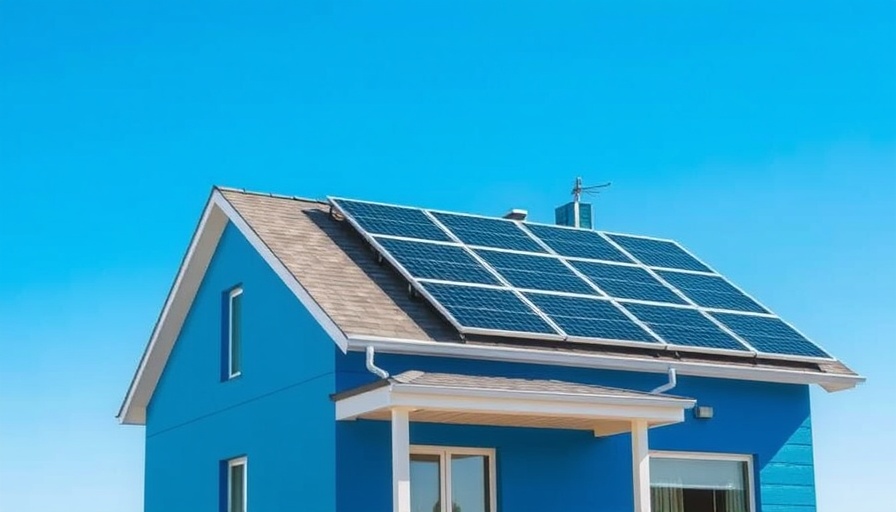
Why Energy-Efficiency Credits Are Slipping Away
The window for capitalizing on energy-efficiency credits is closing faster than many homeowners realize. With the House of Representatives recently passing the One Big Beautiful Bill, the momentum for extending tax credits introduced by the Inflation Reduction Act may soon falter. As these tax benefits face potential repeal, time-sensitive decisions loom for homeowners contemplating energy-efficient upgrades.
Understanding Energy-Efficiency Credits
The two main federal income tax credits currently available are the residential clean energy property credit and the energy-efficient home improvement credit. The former incentivizes homeowners to install renewable energy systems, encompassing solar panels and wind turbines, while the latter supports smaller energy-saving enhancements.
The residential clean energy property credit offers a generous 30% deduction on installation and materials with no cap on costs for eligible systems. Yet, as this credit faces sunset after 2025 per the newly proposed legislation, homeowners must consider upgrading now to secure these financial incentives.
Impact of the One Big Beautiful Bill
The proposed One Big Beautiful Bill escalates the stakes, extending some provisions of the 2017 Tax Cuts and Jobs Act and potentially curtailing others. Specifically, the bill targets the residential clean energy property and the energy-efficient home improvement credits for repeal, thus maximizing the urgency for action among homeowners. This can drastically affect the financial feasibility of investing in energy-efficient technologies that may otherwise lead to substantial savings long-term.
Timing: Why Now Is Crucial
Homeowners should prioritize their renovations ahead of the Dec 31 deadline to take advantage of these tax credits. The IRS Form 5695 is essential for claiming your credits, and the timing of your upgrades will directly affect your ability to receive these benefits.
Procrastination could mean missing out entirely as Congress deliberates changes to these credits. The Senate is slated to make modifications to the bill in the summer, so securing any upgrades now shields you from potential losses down the road.
The Future of Energy-Efficiency Programs
Looking ahead, further developments in energy policies, both at the federal and state levels, could enrich or restrict opportunities for homeowners. States like California and New York are leading the charge in green energy initiatives, possibly paving the way for new incentives distinct from federal programs. Awareness of these evolving landscapes can serve homeowners well as they position themselves strategically in the ongoing energy transition.
Consumer Behavior: Weighing the Options
The decision to invest in energy-efficient technologies often relies on various factors beyond tax credits, including home value enhancement and the desire to lower carbon footprints. As consumers become more environmentally-conscious, their choices can reflect broader trends in sustainability, impacting market demand and property values.
Common Misconceptions About Energy-Efficiency Credits
Many homeowners remain unaware that these credits often cover more than just solar panels. Various energy-saving improvements—from high-efficiency HVAC systems to renewable heating technologies—qualify for tax benefits. Continual public education surrounding energy-efficient options is essential for maximizing participation in these programs.
Key Takeaways: Making Informed Decisions
The financial landscape surrounding energy-efficiency credits is shifting, highlighting the critical need for timely action. Homeowners considering upgrades should assess current conditions and capitalize on available tax breaks while they still can. Observing local incentives and preparing for potential legislative changes will be paramount in ensuring optimal outcomes.
 Add Row
Add Row  Add
Add 




 Add Row
Add Row  Add
Add 








Write A Comment